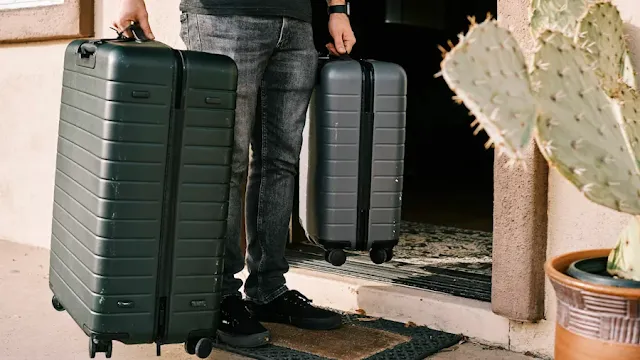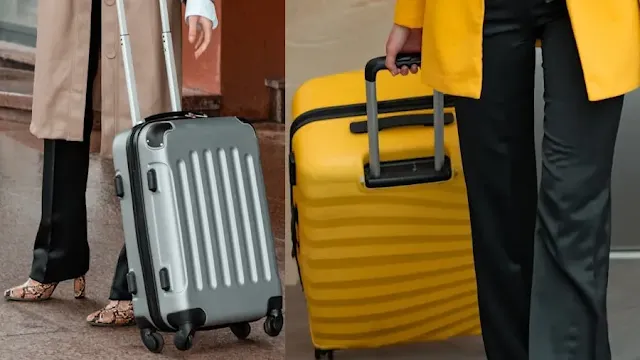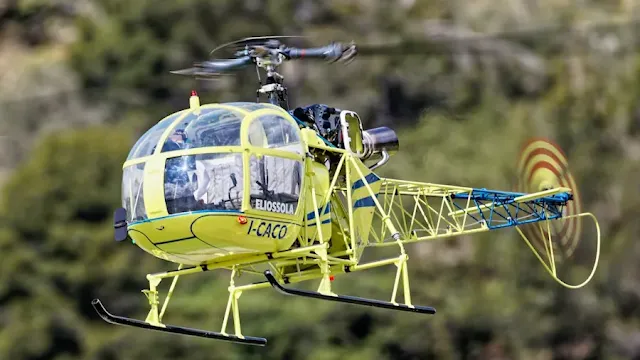Cabin Baggage vs. Checked Bag on India Flights
Choosing between hand baggage and checked bags for flights within India can make or break your travel experience. On a recent trip from Delhi to Mumbai, I opted for just a carry-on to avoid the chaos of baggage claim. It was a breeze zipping through the airport, but I struggled to fit my souvenirs within the 7kg limit on the return leg. This guide breaks down the pros and cons of hand baggage versus checked bags on India flights, with insights into airline policies like Air India and practical tips to help you decide what’s best for your journey.
Table of Contents
Pros and Cons of Hand Baggage
Hand baggage, or carry-on luggage, is stored in the cabin with you. Here’s a breakdown of its advantages and drawbacks:
Pros of Hand Baggage
- Convenience: Access essentials like electronics or documents during the flight.
- Time-Saving: Skip baggage claim and exit the airport faster.
- Cost-Effective: Most airlines, including Air India, allow a carry-on (typically 7-8kg) at no extra cost.
- Lower Risk: Keeping bags with you minimizes the chance of loss or damage, as discussed on Quora.
Cons of Hand Baggage
- Size and Weight Limits: Strict rules (e.g., 55x35x25 cm, 7-8kg on Air India) limit what you can carry.
- Security Restrictions: Liquids over 100ml and sharp objects are banned, complicating packing.
- Limited Space: Overhead bins fill quickly, and you may be forced to gate-check your bag.
Pros and Cons of Checked Baggage
Checked baggage is stored in the aircraft’s cargo hold. Here’s what to consider:
Pros of Checked Baggage
- More Space: Larger bags (up to 23kg on many airlines) accommodate clothes, gifts, or bulky items.
- Less Hassle: No need to lug heavy bags through security or worry about overhead bin space.
- Fewer Restrictions: Pack liquids, toiletries, or souvenirs without cabin restrictions, per Wikipedia.
Cons of Checked Baggage
- Extra Fees: Budget airlines like IndiGo often charge for checked bags, increasing costs.
- Time-Consuming: Waiting at baggage claim can delay your exit, especially at busy airports like Mumbai.
- Risk of Loss: Bags may be delayed, lost, or damaged, a common concern on India flights.
Airline Policies for India Flights
Airlines in India, such as Air India, IndiGo, and SpiceJet, have specific baggage rules. Air India allows one carry-on (up to 8kg, 55x35x25 cm) and 20-23kg checked baggage on domestic flights, depending on the fare. IndiGo permits 7kg hand baggage and charges for checked bags (15kg base allowance). Always check airline policies, as enforcement of carry-on limits can be strict, especially with Air India. For details, visit airline websites or review India Baggage Rules.
Tips for Choosing Between Hand and Checked Bags
To make the best choice for your India flight, consider these tips:
- Assess Your Trip: For short trips, a carry-on saves time and money. For longer trips, checked bags offer more space.
- Check Airline Rules: Verify carry-on and checked baggage allowances on airlines like IndiGo to avoid fees.
- Pack Smart: Keep valuables, electronics, and medications in your carry-on to avoid loss risks.
- Use a Backpack: A backpack often qualifies as hand luggage, offering flexibility and comfort.
- Plan for Security: Organize liquids (under 100ml) in a clear bag for quicker security checks.
Frequently Asked Questions
Is it better to fly with a carry-on or checked bag?
Carry-ons are better for short trips, offering convenience and cost savings. Checked bags suit longer trips or when carrying bulky items, but they may incur fees and delays.
Is it better to hand carry or check in baggage?
Hand carrying is ideal for quick travel and avoiding loss risks. Checking bags is better for larger loads or when you want fewer restrictions on liquids.
How strict is Air India with carry-on luggage?
Air India enforces a strict 8kg and 55x35x25 cm limit for carry-ons. Staff may weigh bags at check-in or the gate, so comply to avoid gate-checking.
What is the difference between cabin baggage and check-in baggage?
Cabin baggage (hand luggage) is stored in the overhead bin or under the seat, with strict size/weight limits. Check-in baggage goes in the cargo hold, allowing more space but with potential fees.
Is a backpack considered hand luggage?
Yes, a backpack is considered hand luggage if it meets airline size limits (e.g., 55x35x25 cm for Air India). Check specific airline rules before traveling.









